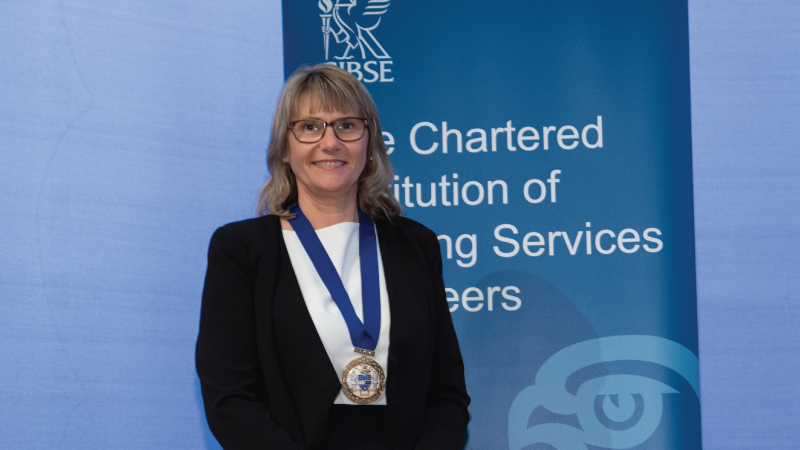Published:

Heriot-Watt University, Malaysia is proud to announce that Professor Lynne Jack has been appointed President of the Chartered Institution of Building Services Engineers (CIBSE); the institution's first female President.
Founded in 1897, CIBSE is a professional body and leading authority on building services engineering in the UK, Europe and worldwide.
Professor Jack is Director of Research at Heriot-Watt University's Malaysia campus. Before moving to Malaysia in 2017, Lynne worked for 24 years at Heriot Watt's Edinburgh campus, and was a key member of staff supporting the delivery of Building Services Engineering and Architectural Engineering programmes. She is a Chartered Engineer, a Fellow of the Chartered Institution of Buildings Services Engineers and a Fellow of the Society of Public Health Engineers. In 2015, Lynne was nominated for the role of Chair of the Scientific Committee of the CIB W62 Working Group; an international research organisation addressing Water Supply and Drainage for Buildings.
'I am delighted to take on this role of CIBSE President. As we face the ongoing challenges of urbanisation, increasingly high energy demand and continued environmental change, we must find ways of decarbonising our built environment. I am very proud to be part of an organisation that is so invested in the development of competencies and the sharing of knowledge required to deliver against carbon targets'.
Professor Jack's appointment as the first female president-elect for CIBSE is one of many achievements among female engineers at Heriot-Watt. As a leader in world-class teaching and in pioneering practical, leading-edge research, Heriot-Watt acknowledges the need in cultivating more women leaders for careers in engineering. As the world's first mechanics institute, Heriot-Watt was among the first to open opportunities for women to achieve tertiary education in 1889. Since then, it has paved the way for women everywhere to enjoy a career in STEM.